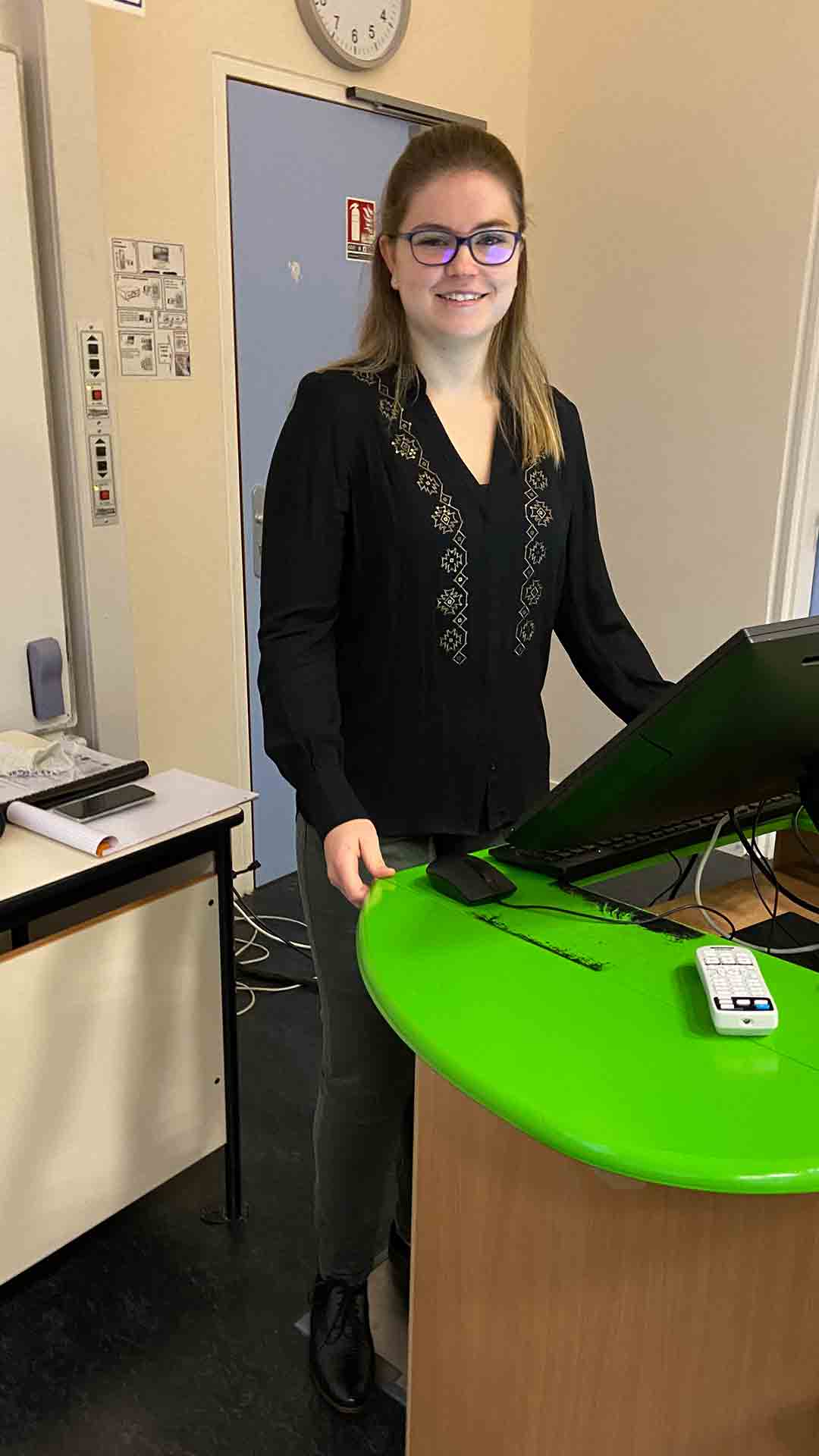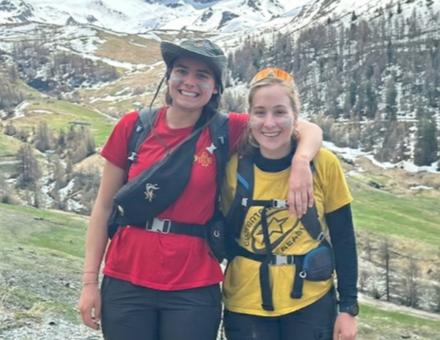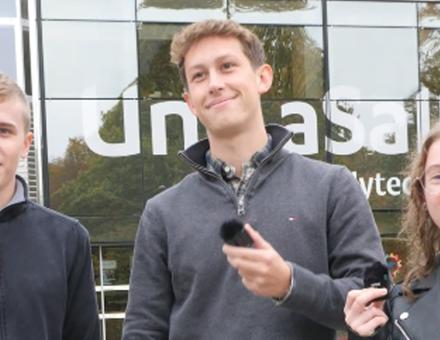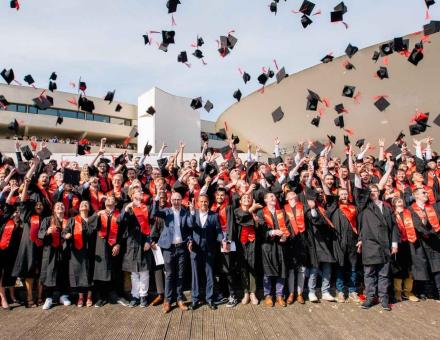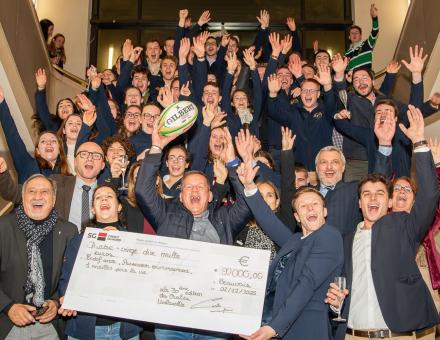Congratulations to Johanne for her thesis on the Influence of fluid-rock interaction processes and deformation on the properties of stall zones.
Johanne Klee, PhD student in deep geothermal energy working within the European H2020 Multi-sites EGS Demonstration Project (MEET) - Research Unit Basins Reservoirs Resources of UniLaSalle and the University of Picardie Jules Verne (B2R), has validated her PhD thesis following her thesis defense on Friday, November 26, 2021, which took place in Beauvais.
His work was on the "Influence of fluid-rock interaction processes and deformation on the properties of drop zones: a multidisciplinary approach based on analogy. Applications to fractured granitic geothermal reservoirs".
The whole UniLaSalle team congratulates Johanne on her thesis!
Abstract
This contribution aims at better understanding the evolution of petrophysical properties of basement rocks affected by progressive deformation along slip structures. The chosen approach is based on analogue studies, an analogue being a geological object dedicated to the understanding of processes of particular interest. We chose a portion of the southern Death Valley fault zone (Noble Hills, CA, USA) as an analogue. A comparison with structures found in the Upper Rhine Graben area and the Soultz-sous-Forêt demonstration site is proposed. Our results indicate that two stages of alteration can affect granitic basement rocks. A pervasive propylitic alteration, affecting the whole granitic body, is overloaded by a clayey alteration mainly concentrated near the fracture zones. For low to moderate deformation, a progressive increase in the degree of alteration, porosity values and calcite content is observed. It is interesting to note that the degree of alteration is not directly related to the fracture density. It is shown that zones of high deformation can but do not necessarily represent a barrier to geothermal brine flow. The mechanical properties of highly deformed fault rocks play a crucial role in preventing the development of openings necessary to channel flow into the reservoir. These properties are involved in time and space depending on the accumulated deformation and fluid-rock interaction processes. A conceptual model of the evolution of fault zones and reservoir architecture is proposed. Geothermal exploration and exploitation must take into account the role of geological heritage to ensure sustainable and safe operations.
